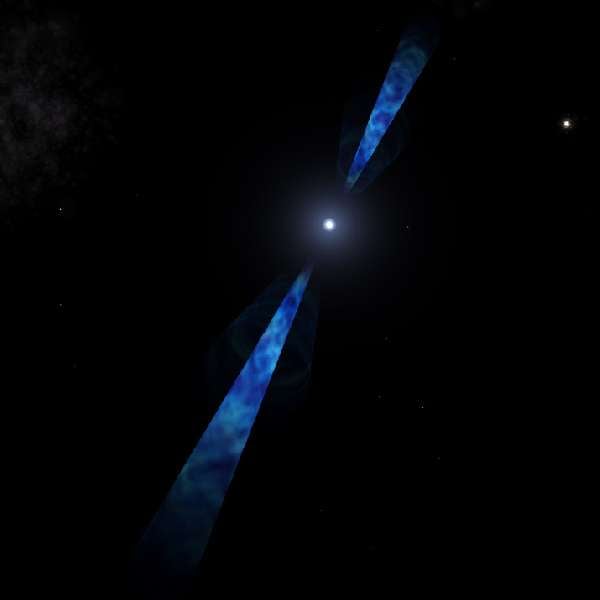NASA’s Fermi Telescope Discovers 16 Pulsars In Space  Pulsars |
Astronomers have discovered 16 pulsars in the space through NASA’s Fermi telescope. A pulsar is the spinning and magnetized core left behind when a big star explodes.
“Fermi has truly unprecedented power for discovering and studying gamma-ray pulsars,” said Paul Ray of the Naval Research Laboratory in Washington.
“Since the demise of the Compton Gamma Ray Observatory a decade ago, we’ve wondered about the nature of unidentified gamma-ray sources it detected in our galaxy. These studies from Fermi lift the veil on many of them,” he added.
The new pulsars were discovered as a complete search for periodic variations in gamma-rays using five months of Fermi Large Area Telescope data and novel techniques in computations.
“Before launch, some predicted Fermi might uncover a handful of new pulsars during its mission,” said Marcus Ziegler, a member of the team covering new pulsars at the University of California, Santa Cruz.
“To discover 16 in its first five months of operation is really beyond our wildest dreams,” he added.
Pulsars slow down when they lose energy just like spinning tops. The spin is too slow ultimately, to influence the emissions and later become unnoticeable. When the speed of rotation is 100-1,000 times a second, ancient pulsars resume motion of the youth. In another study, Fermi scientists assessed gamma rays from eight of these “re-born” pulsars, discovered at radio wavelengths.
“Before Fermi launched, it wasn’t clear that pulsars with millisecond periods could emit gamma rays at all,” said Lucas Guillemot at the Center for Nuclear Studies in Gradignan, near Bordeaux, France.
“Now we know they do. It’s also clear that, despite their differences, both normal and millisecond pulsars share similar mechanisms for emitting gamma rays,” he added.






